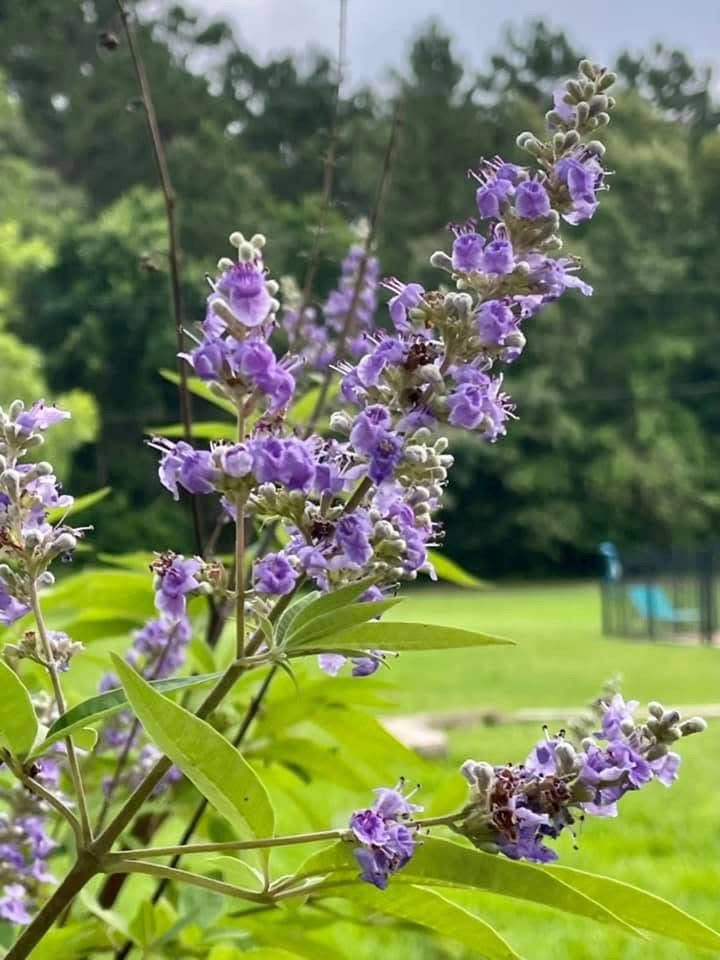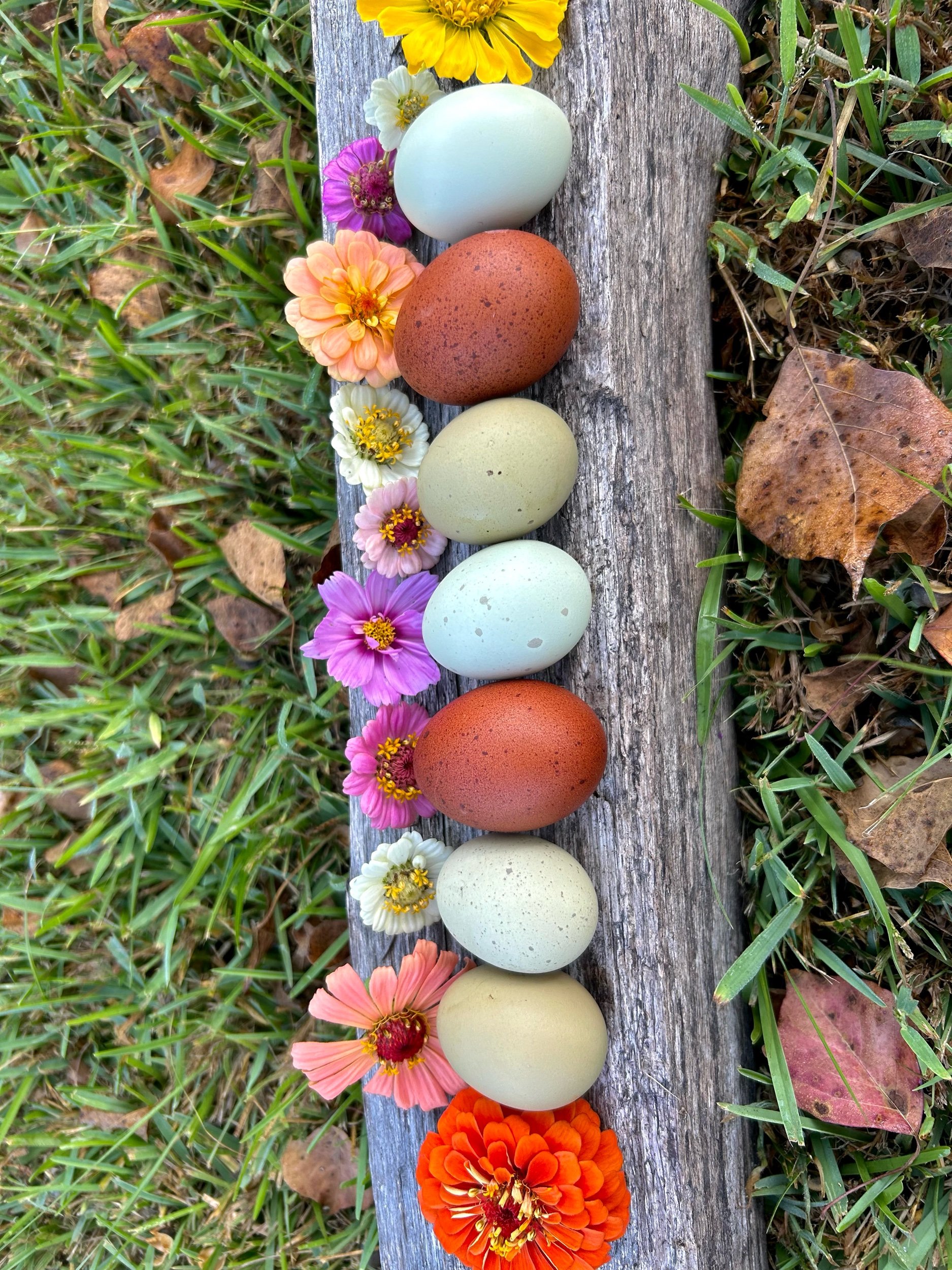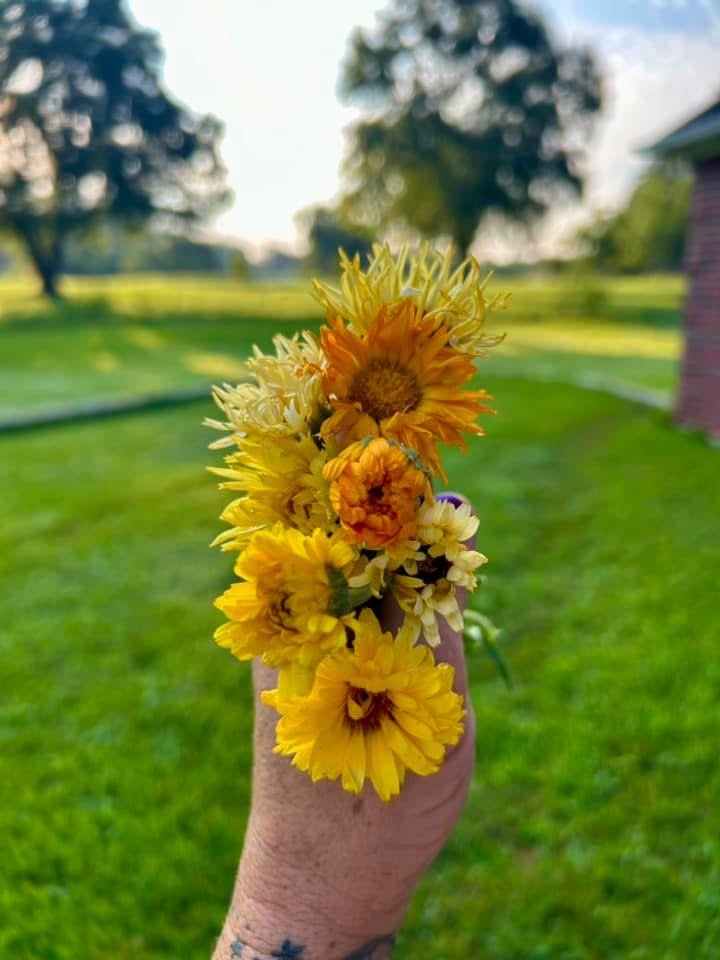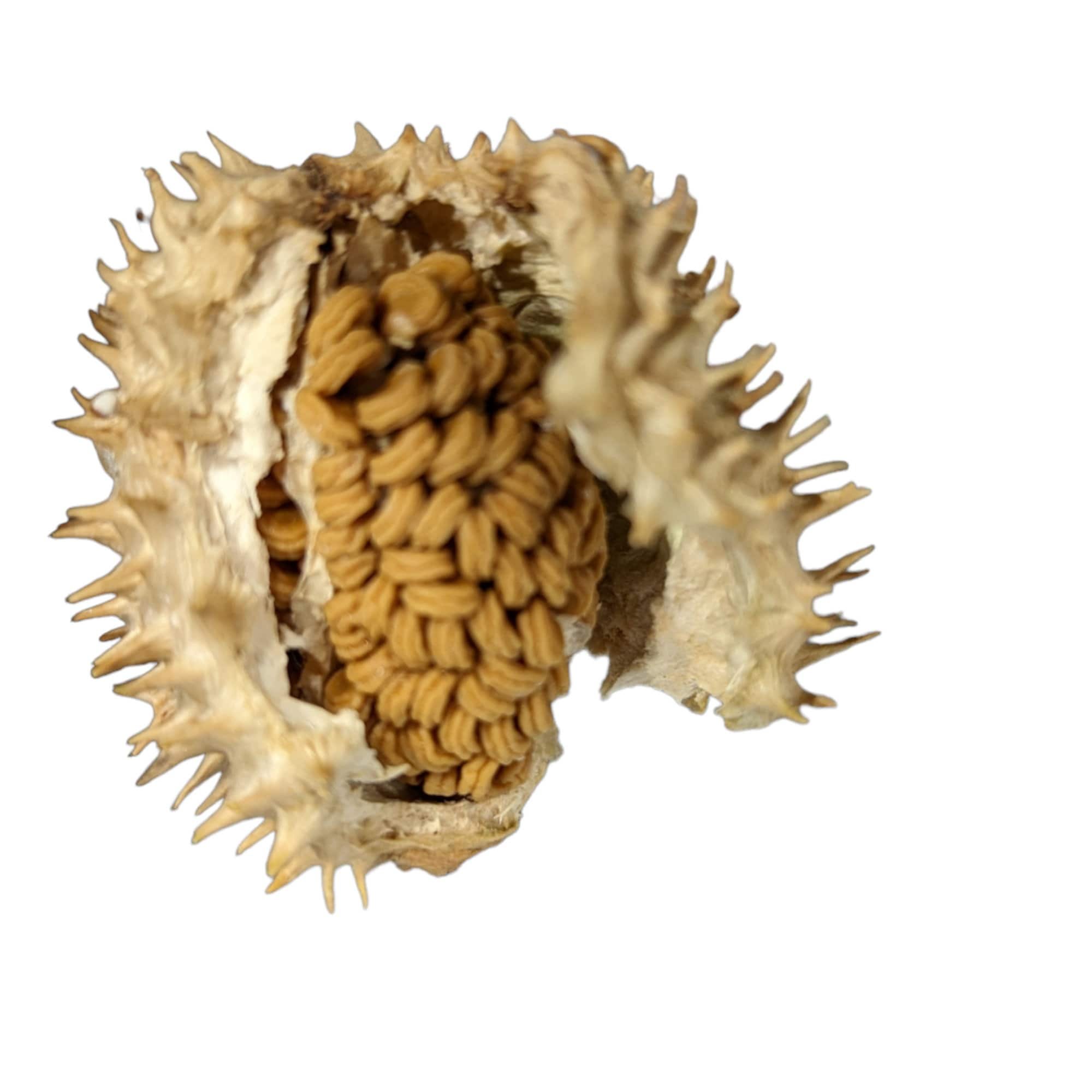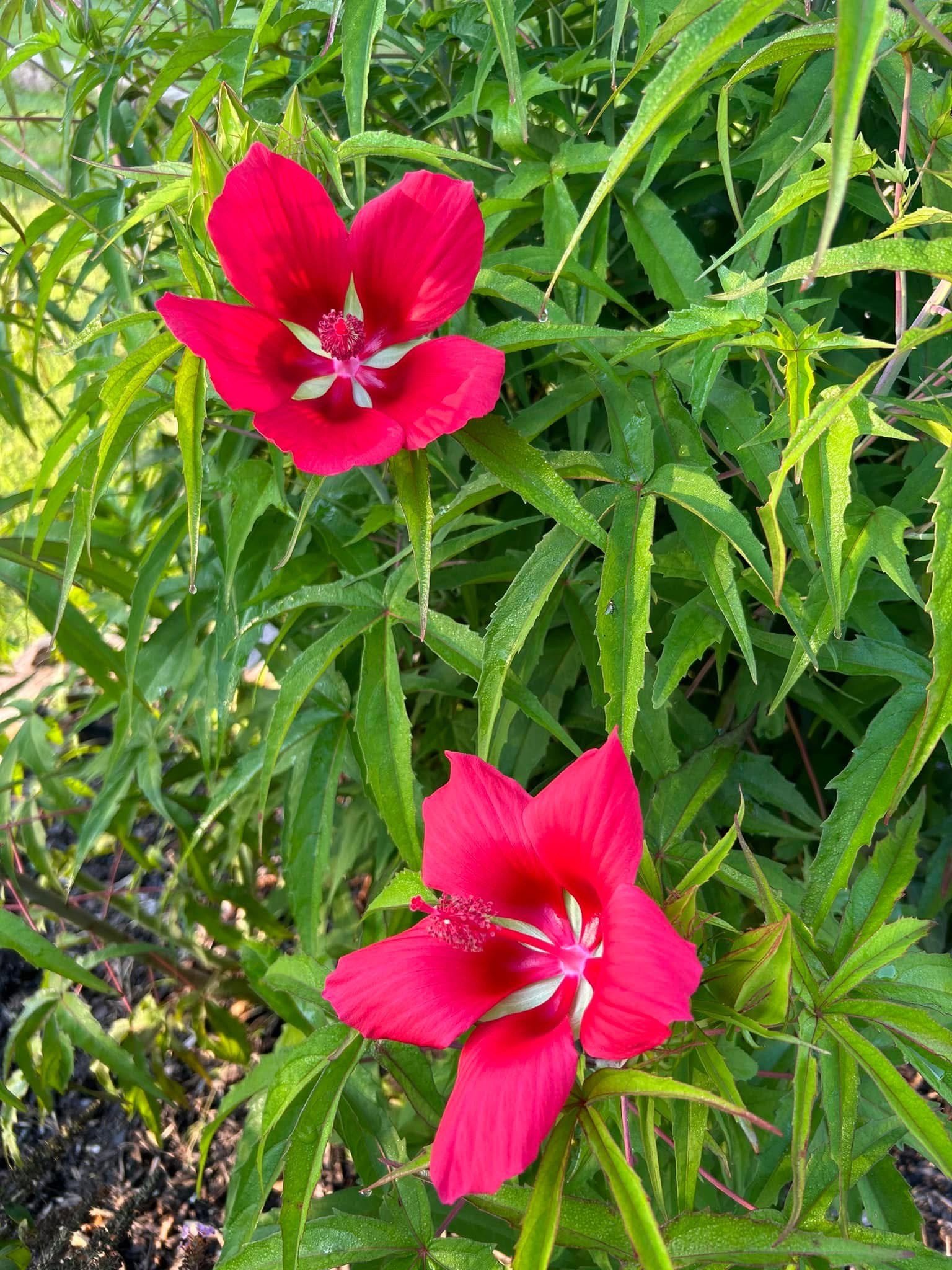 Image 1 of
Image 1 of


Star of Texas Hibiscus Seeds
This hardy plant thrives in full sun, preferring well-drained soils and moderate watering. Once established, it demonstrates drought resistance, making it a suitable choice for low-maintenance gardens. In addition to its visual appeal, the Star of Texas hibiscus is an important habitat for butterflies and bees, contributing to local biodiversity.
The plant typically blooms from summer to early fall, presenting a spectacular display during the hotter months. Regular pruning after flowering can encourage bushier growth and more blooms in the following season. While it adapts well to various soil types, it is important to ensure that the location receives plenty of sunlight for optimal growth.
Overall, the Star of Texas hibiscus is celebrated not only for its beauty but also for its resilience, making it an excellent addition to native plant gardens and landscape designs.
This hardy plant thrives in full sun, preferring well-drained soils and moderate watering. Once established, it demonstrates drought resistance, making it a suitable choice for low-maintenance gardens. In addition to its visual appeal, the Star of Texas hibiscus is an important habitat for butterflies and bees, contributing to local biodiversity.
The plant typically blooms from summer to early fall, presenting a spectacular display during the hotter months. Regular pruning after flowering can encourage bushier growth and more blooms in the following season. While it adapts well to various soil types, it is important to ensure that the location receives plenty of sunlight for optimal growth.
Overall, the Star of Texas hibiscus is celebrated not only for its beauty but also for its resilience, making it an excellent addition to native plant gardens and landscape designs.
This hardy plant thrives in full sun, preferring well-drained soils and moderate watering. Once established, it demonstrates drought resistance, making it a suitable choice for low-maintenance gardens. In addition to its visual appeal, the Star of Texas hibiscus is an important habitat for butterflies and bees, contributing to local biodiversity.
The plant typically blooms from summer to early fall, presenting a spectacular display during the hotter months. Regular pruning after flowering can encourage bushier growth and more blooms in the following season. While it adapts well to various soil types, it is important to ensure that the location receives plenty of sunlight for optimal growth.
Overall, the Star of Texas hibiscus is celebrated not only for its beauty but also for its resilience, making it an excellent addition to native plant gardens and landscape designs.
